When you learn algebra, you need to know how to simplify expressions. This means making them easier to work with by using some rules and tricks. An expression is a mix of numbers, letters, and symbols like +, -, x, and ÷.
To simplify expressions, you need to know some math facts and how to use them to group, split, stretch, and shrink terms. This skill is vital because it helps you solve equations, do calculations with functions, and study math patterns with less hassle.
To simplify expressions correctly, you need to follow the order of operations, which is a set of steps that tells you what to do first, second, third, and so on. You can remember the order of operations with the word PEMDAS, which stands for Parentheses, Exponents, Multiplication and Division, Addition and Subtraction.
This means you always start with what’s inside parentheses, then deal with powers and roots, then multiply or divide, and finally add or subtract. If you follow these steps, you will get the right answer every time. Many math books show you how to simplify expressions step by step, which helps you learn the skill and prepare for more advanced math.
Key Takeaways
- Simplification makes algebraic expressions easier to work with by using mathematical properties.
- Understanding the order of operations is vital when simplifying complex expressions.
- Example problems provide practical guidance in the application of simplification strategies.
Expressions and Simplification Explained
In mastering algebra, grasping the fundamentals of algebraic expressions and simplification is key. These concepts are foundational for advancing in mathematics and problem-solving.
You should try with some Flashcard Apps as well since they represent an excellent way to memorize things.
Defining Algebraic Expressions
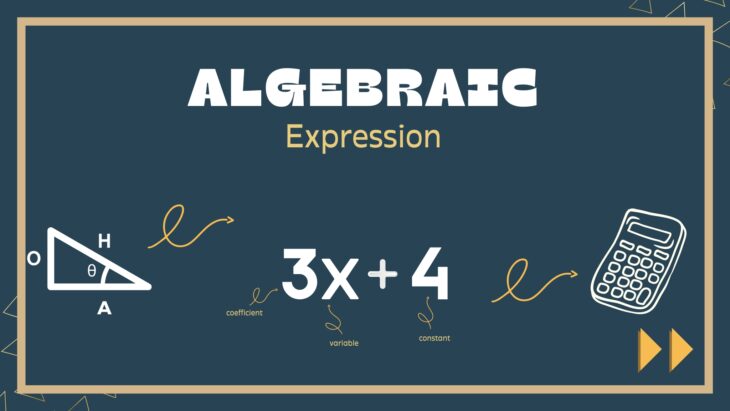
An algebraic expression is a mathematical phrase that includes numbers, variables (letters that represent unknown values), and operation symbols such as addition and multiplication.
For example, in the expression 3x + 4, 3 is the coefficient, x is the variable, and +4 is a constant term expressed as a sum.
The Concept of Simplification
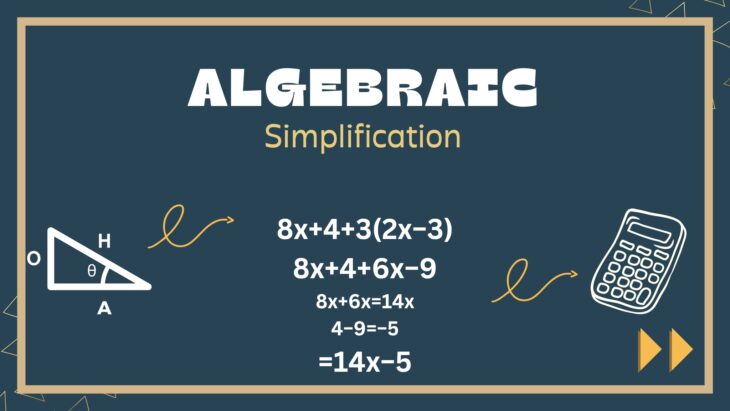
Simplification refers to the process of altering an expression to its most basic form without changing its value. This is often done by combining like terms which are terms that have identical variables raised to the same power.
Simplifying an expression makes it easier to work with and understand by reducing complexity.
Simplifying Versus Solving
While both simplifying and solving are essential algebraic skills, they serve different purposes.
Simplification rewrites expressions into a more manageable form, whereas solving means finding the value of the variables that make the equation true.
Importantly, simplification is a step that often precedes solving, setting the stage for easier computation of solutions.
Fundamentals of Simplifying Expressions
In simplifying algebraic expressions, the mastery of combining like terms and correctly manipulating coefficients, variables, and exponents is essential to transforming complex equations into their simplest form.
Importance of Like Terms
Like terms in an algebraic expression contain the same variable raised to the same power. The process of simplifying an expression often starts with adding or subtracting like terms.
For example, in the expression 5x^2 + 3x – 2x^2 + 4, the like terms are 5x^2 and -2x^2, which can be combined to 3x^2. Here, the numerical coefficients are manipulated while the exponent remains unchanged.
Role of Coefficients and Variables
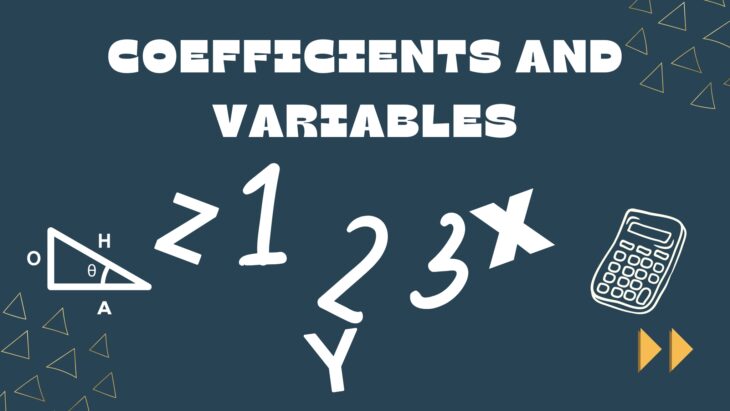
Coefficients are the numerical part of the terms that are multiplied by the variables (letters that represent unspecified numbers).
When multiplying or dividing terms, one applies arithmetic operations to the coefficients and applies the laws of exponents to the variables.
For instance, when multiplying 3x and 4x, the result is 12x^2, since the coefficients 3 and 4 multiply to give 12, and the variable x, being the same base, has its exponents added.
Exponents in Simplification
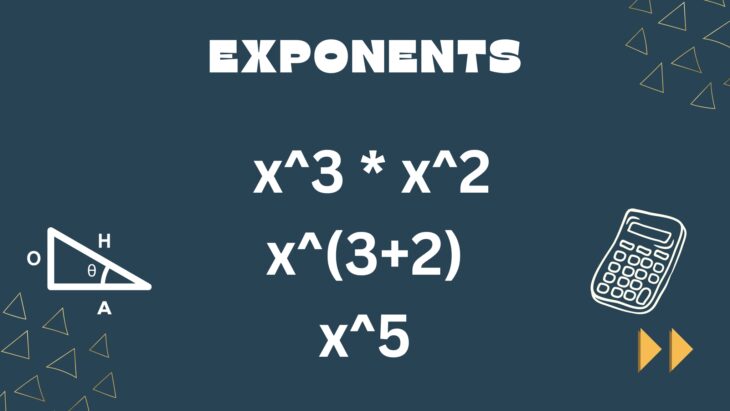
Exponents play a pivotal role in the simplification process, indicating the power to which a variable is raised.
When terms with exponents are multiplied, their exponents are added; when divided, their exponents are subtracted.
It’s vital to recognize that only like bases can be simplified in this manner – for example, x^3 * x^2 simplifies to x^(3+2), which is x^5, because the base, x, remains the same in both terms.
Mathematical Operations and Properties
Knowing mathematical operations and properties is crucial when simplifying expressions.
This involves grasping the rules for addition, subtraction, multiplication, and division, as well as the application of properties such as the distributive property, commutative property, and exponent rules.
Addition and Subtraction of Like Terms
When simplifying expressions, one must combine like terms, which are terms that have the same variable raised to the same power.
To do this, only the coefficients (numerical values) are added or subtracted, while the variable part remains unchanged.
Multiplication and Division Rules
Multiplication and division involve operating on coefficients and variables. For multiplication, coefficients are multiplied together and variables are combined by adding their exponents.
In division, coefficients are divided, and exponents are subtracted when dividing like bases.
The Power and Exponent Rules
Exponents indicate the number of times a base is multiplied by itself. The power rule for exponents states that when raising a power to another power, one multiplies the exponents.
For instance, ((x^a)^b = x^{a \cdot b}).
Application of the Distributive Property
The distributive property allows for the multiplication of a term outside parentheses with each term inside. It follows the form of (a(b + c) = ab + ac), and is essential when expanding algebraic expressions.
Commutative and Associative Properties
The commutative property of addition and multiplication implies that the order of the numbers does not affect the sum or product; for instance, (a + b = b + a) and (ab = ba).
The associative property allows for the grouping of terms with parentheses; for example, ((a + b) + c = a + (b + c)). These properties are fundamental in rearranging and simplifying expressions.
Order of Operations
When working with algebraic expressions, the correct sequence of mathematical operations is crucial.
This sequence is known as the order of operations, commonly memorized with the acronym PEMDAS.
Applying PEMDAS in Simplification
PEMDAS stands for Parentheses, Exponents, Multiplication, and Division (from left to right), and Addition and Subtraction (from left to right).
When simplifying expressions, one must follow these steps strictly to arrive at the correct answer.
- Parentheses and other Grouping Symbols: Begin by simplifying expressions inside parentheses or other grouping symbols, starting with the innermost set.
- Exponents: Next, address expressions with exponents.
- Multiplication and Division: Then, perform multiplication and division as they appear from left to right.
- Addition and Subtraction: Lastly, carry out addition and subtraction from left to right.
It’s essential to note that multiplication does not necessarily precede division, nor does addition always come before subtraction; they are carried out in the order they occur from left to right.
This orderly approach avoids confusion and ensures that everyone can reproduce the same result when simplifying a mathematical expression.
Working with Complex Terms
When simplifying mathematical expressions, the ability to work with complex terms is essential.
This involves combining both like and unlike terms, dealing with parentheses, and simplifying fractions and powers for a more concise form.
Combining Like and Unlike Terms
One begins by identifying terms within an expression that share the same variables raised to the same power—these are known as like terms.
They can be combined by adding or subtracting their coefficients. Unlike terms, on the other hand, cannot be combined in this way as they involve different variables or powers.
Simplifying Expressions with Parentheses
When an expression contains parentheses, it is important to address the operations inside the parentheses first.
This often involves the distributive property to eliminate the parentheses, especially when a number outside is multiplied by the contents within.
Fraction and Power Simplification
Fractions within expressions can often be simplified by finding and using the lowest common denominator (LCD).
For power simplification, one must apply the rules of exponents. This includes combining powers with the same base and simplifying any expressions with exponents raised to other exponents.
Strategies for Simplifying Expressions
Simplifying algebraic expressions requires a concise set of techniques, ensuring each is applied accurately to yield a more manageable form.
Understanding these strategies is fundamental for anyone looking to master algebra.
Expanding Expressions
Expanding expressions involves distributing multiplicative factors and applying the distributive property. For instance, when multiplying a binomial by a term, each element within the parenthesis should be multiplied by the term outside.
An expression like ( a(b + c) ) expands to ( ab + ac ). This process lays the groundwork for further simplification and is especially crucial when dealing with complex polynomials.
Factoring Techniques
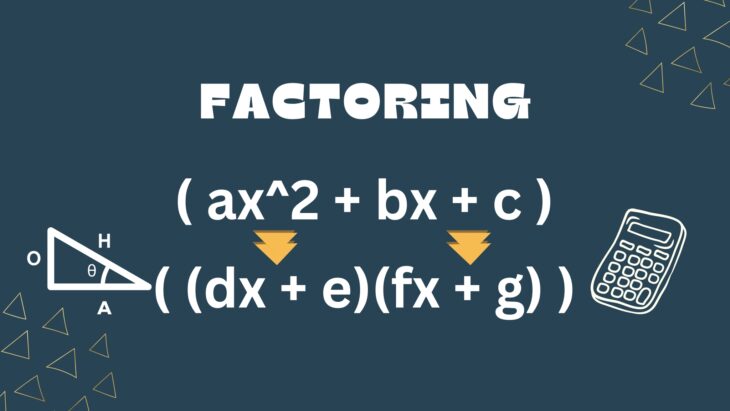
Factoring is the reverse process of expansion and is used to simplify expressions by finding common factors.
This technique often makes it easier to solve or simplify what may initially seem to be daunting equations.
For example, the expression ( ax^2 + bx + c ) may be factored into ( (dx + e)(fx + g) ), if such factors exist.
Factoring is particularly powerful when solving quadratic equations or reducing fractions that contain algebraic expressions.
Collecting Like Terms and Simplification
Collecting like terms involves combining terms with the same variable raised to the same power. It’s a critical step in simplifying expressions as it reduces the expression to its simplest form.
For instance, ( 3x + 5x ) would simplify to ( 8x ). This step often follows expansion and factoring and is instrumental in finding the simplest form of an expression, making it easier to evaluate or solve.
Example Problems and Solutions

In this section, readers will find concrete examples that illustrate the step-by-step simplification process.
They will also learn to identify common errors that can occur when simplifying algebraic expressions to ensure accuracy in reaching the simplest form.
Step-by-Step Simplification Process
Example Problem 1: Simplify the expression 3x^2 + 5x^2. Solution:
- Identify like terms: 3x^2 and 5x^2 are like terms because they have the same variable raised to the same power.
- Combine like terms by addition: (3 + 5)x^2 = 8x^2.
- Write the final expression in its simplest form: 8x^2.
Example Problem 2: Solve the equation 2 + 2x + [2(3x + 2) + 2] Solution:
- Expand the expression inside the brackets: 2 + 2x + [2 * 3x + 2 * 2 + 2]
- Simplify the terms within the brackets: 2 + 2x + [6x + 4 + 2]
- Combine like terms: 2 + 2x + 6x + 6
- Simplify further by adding coefficients: (2 + 6) + (2x + 6x)
- The equation in its simplest form is 8 + 8x.
Common Simplification Errors to Avoid
When simplifying expressions, one common pitfall is the mishandling of exponents. For example, confusing (x^2)^3 with x^2 + x^3 can lead to incorrect answers.
The correct process would be to multiply the exponents, yielding x^6, not add them. Another frequent error occurs with distributing coefficients across parentheses.
Incorrectly distributing a negative sign or a coefficient can significantly alter the outcome of a problem.
It’s imperative to ensure that multiplication is performed across each term within the parentheses. For example, simplifying -3(x – 4y) should correctly be written as -3x + 12y, not -3x – 12y.
FAQs
What are the fundamental rules for simplifying algebraic expressions?
The fundamental rules for simplifying expressions include applying the distributive property, combining like terms, and performing arithmetic operations according to the order of operations.
Understanding how to apply these rules effectively is crucial to simplify expressions correctly.
How can one identify like terms in an expression for simplification?
Like terms in an expression are those that contain the same variables raised to the same power.
One can identify like terms by looking for terms that have identical variable parts, making them combinable through addition or subtraction.
Could you provide step-by-step examples of simplifying complex algebraic expressions?
Complex algebraic expressions are simplified by first applying the distributive property to remove parentheses, then combining like terms, and finally performing arithmetic operations.
It’s essential to follow the step-by-step process meticulously to ensure accuracy in simplification.
What are the common mistakes to avoid when simplifying expressions?
Common mistakes include neglecting to apply the order of operations properly, misapplying the distributive property, and failing to correctly combine like terms.
To avoid such errors, one should carefully review each step of the simplification process.
In what ways can simplification of expressions be helpful in solving equations?
Simplification can transform equations into a more manageable form, revealing the underlying structure of the problem and thus aiding in finding the solution.
It is especially helpful in exposing the relationships between variables and constants in equations.
How do exponents and parentheses affect the process of simplifying algebraic expressions?
Exponents and parentheses dictate the order in which operations should be performed. Parentheses indicate that the operations within them are to be performed first, followed by exponents.
This hierarchy is a key component of the order of operations that one must adhere to when simplifying expressions.
Closing Thoughts
Simplifying expressions is a key skill in algebra that makes complex terms easier to work with. It involves applying mathematical properties and rules to combine, factor, expand, and manipulate expressions.
To simplify expressions correctly, you need to follow the order of operations, which is a set of steps that tells you what to do first, second, third, and so on.
You can remember the order of operations with the word PEMDAS. Many math books show you how to simplify expressions step by step, which helps you learn the skill and prepare for more advanced math.
Simplifying expressions is not only useful, but also fun and satisfying. Try it yourself and see how much you can simplify!


